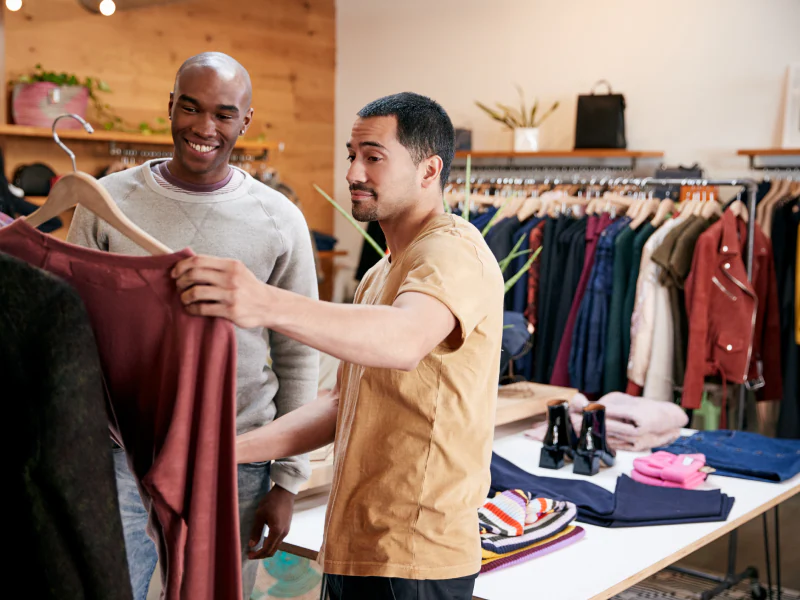Shopping has come a long way over the years. What used to be a simple task of visiting a physical store and browsing through aisles has transformed into a digital experience that can be done from the comfort of our own homes. The evolution of shopping has been driven by advancements in technology and changing consumer behaviors. In this article, we will explore the journey of shopping, from brick-and-mortar to click-and-order.
Once upon a time, shopping meant venturing out to the nearest store, walking through the aisles, and interacting with salespeople. It was an experiential activity that involved touching, feeling, and trying out products before making a purchase. It was a social experience where shoppers could meet friends, try on clothes, and get recommendations from knowledgeable store employees.
However, with the rise of the internet, everything changed. Online shopping emerged as a new and convenient way to buy products. The concept of e-commerce took the world by storm, allowing consumers to browse and purchase items with just a few clicks. Suddenly, the world became a global marketplace, with products from all corners of the globe accessible at our fingertips.
As e-commerce continued to grow, traditional brick-and-mortar stores had to adapt to stay relevant. Many retailers embraced the concept of omnichannel shopping, integrating their physical stores with their online presence. This gave birth to the concept of click-and-collect, where customers could order products online and pick them up at a nearby store. This bridged the gap between the convenience of online shopping and the immediacy of physical retail.
The next game-changer in the shopping landscape was the introduction of mobile shopping. With the advent of smartphones, shopping became even more accessible. Consumers could now make purchases on the go, compare prices, read reviews, and even receive personalized recommendations tailored to their preferences. Mobile shopping brought convenience to a whole new level, enabling people to shop anytime, anywhere.
In recent years, we have witnessed the rise of another shopping revolution: social commerce. Social media platforms such as Instagram, Facebook, and Pinterest have transformed into virtual marketplaces, where consumers can discover products, engage with brands, and make purchases seamlessly. Influencers have become the new brand ambassadors, showcasing products and influencing consumer choices. Shopping has become a social experience once again, but in a digital realm.
Additionally, technological advancements such as augmented reality (AR) and virtual reality (VR) have revolutionized the way we shop. AR allows consumers to visualize products in their own space before buying, while VR creates immersive shopping experiences where consumers can virtually explore stores and interact with products. These technologies have enhanced the online shopping experience, adding a new layer of interactivity and personalization.
Despite the rise of online shopping, physical retail still holds its place in the hearts of many consumers. Physical stores are evolving to offer unique experiences that cannot be replicated online. Pop-up shops, experiential showrooms, and interactive displays are just a few examples of how retailers are reinventing the brick-and-mortar experience. Shopping is no longer just about making a transaction; it’s about creating memorable moments and building relationships with brands.
In conclusion, shopping has undergone a remarkable transformation in recent years. From traditional brick-and-mortar stores to the convenience of online shopping and the emergence of social commerce, the way we shop continues to evolve. Technology has played a significant role in shaping this evolution, offering new ways to discover, engage, and purchase products. As we move forward, it will be interesting to see how shopping further adapts to the ever-changing needs and preferences of consumers. One thing is certain: the journey of shopping is far from over, and the future holds exciting possibilities for both retailers and consumers alike.




